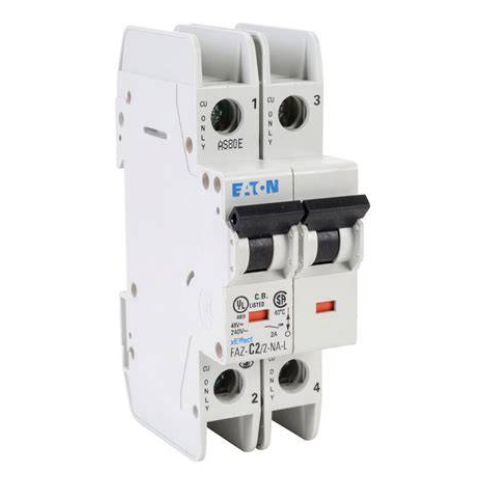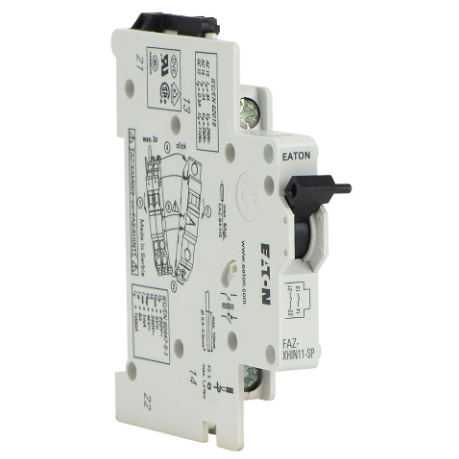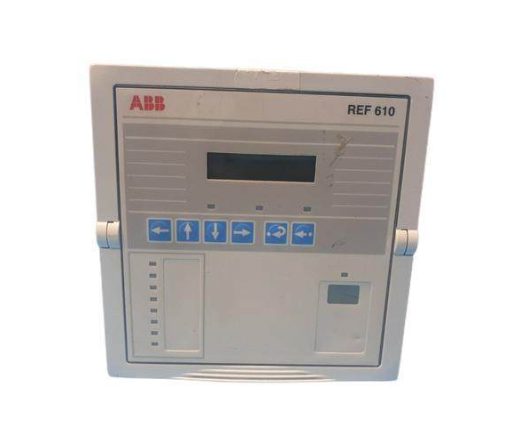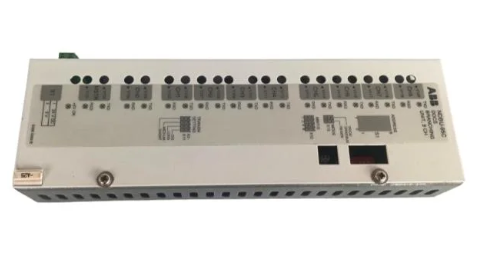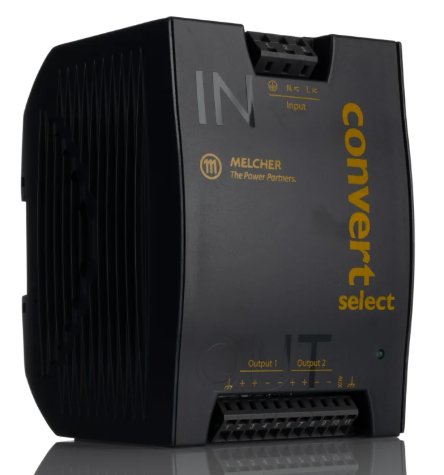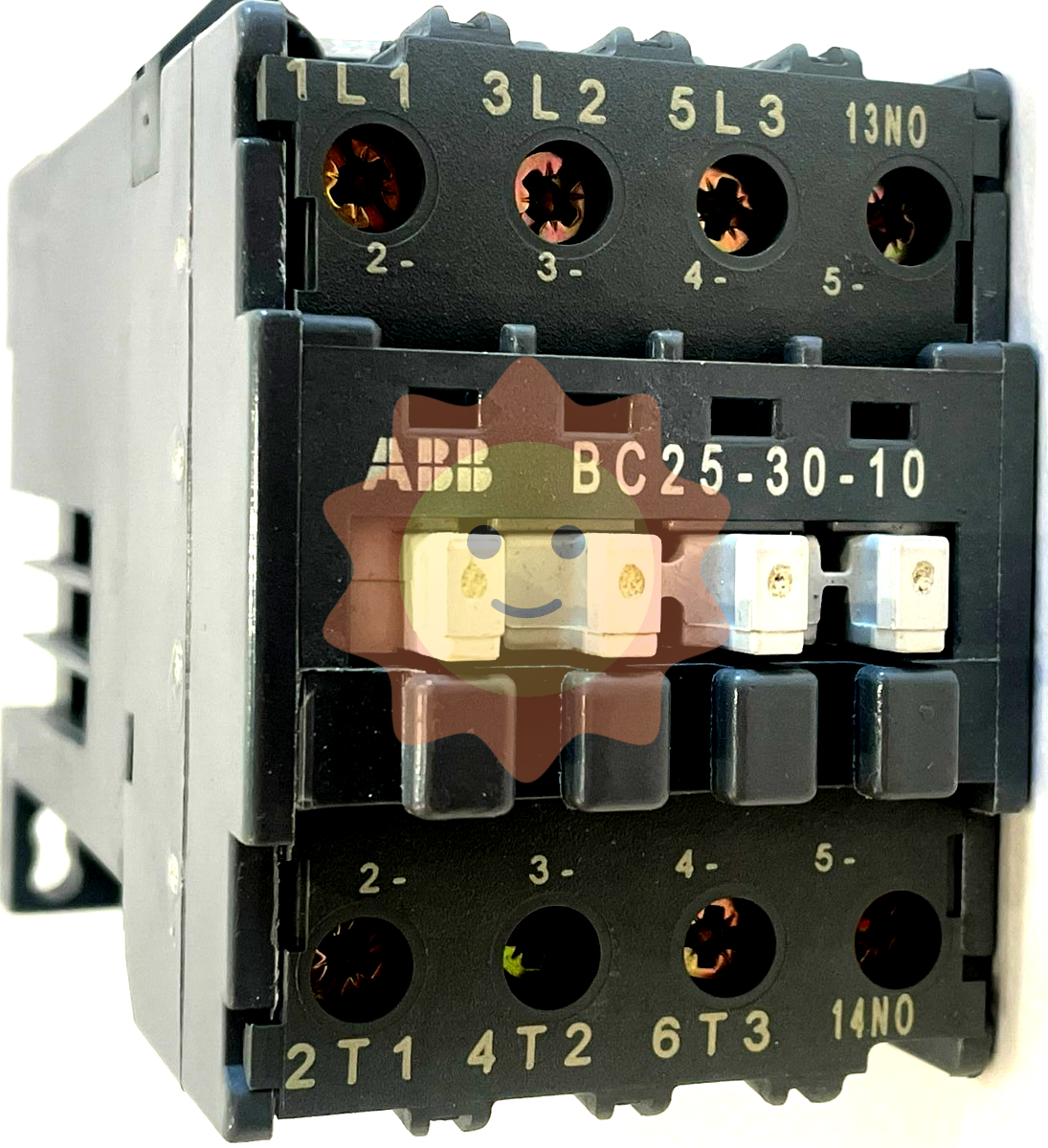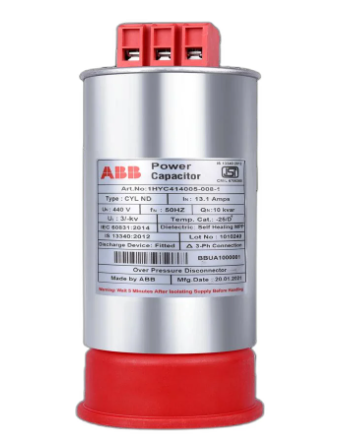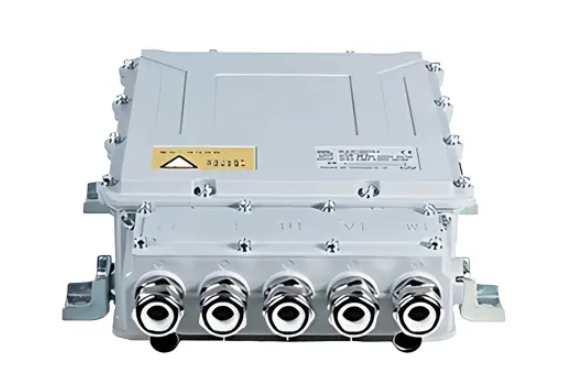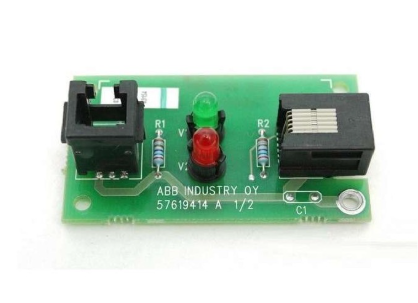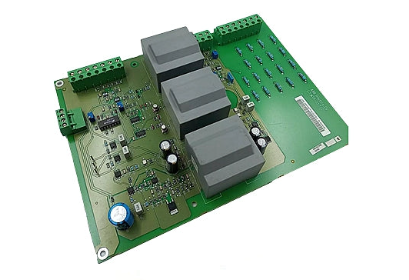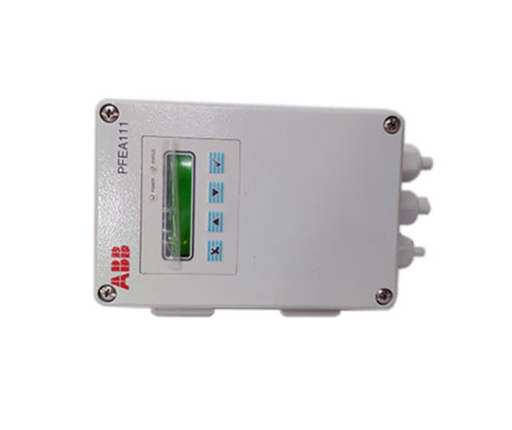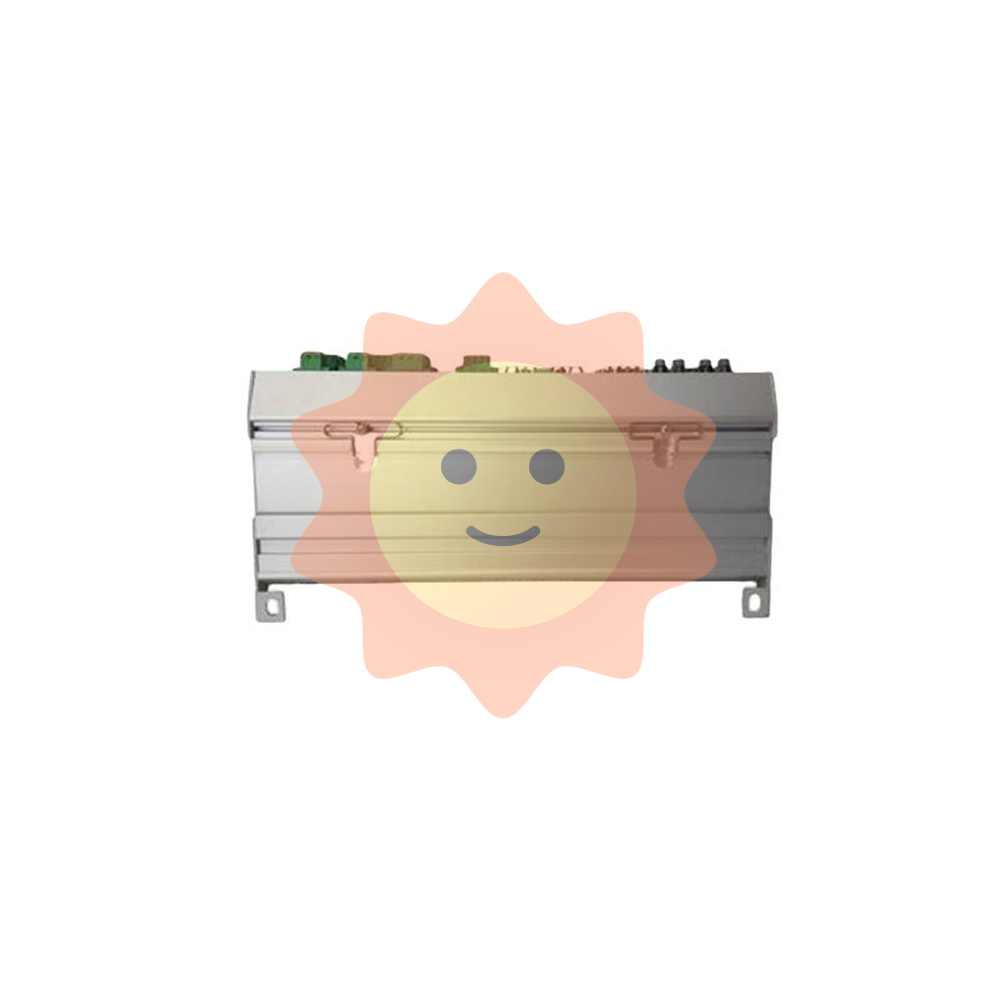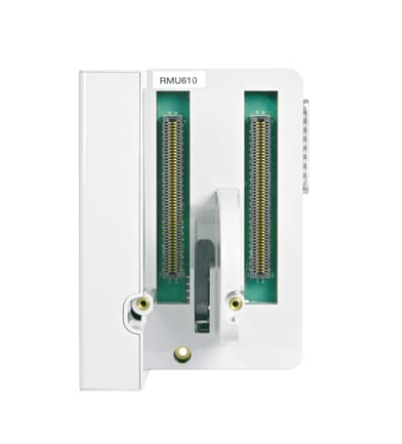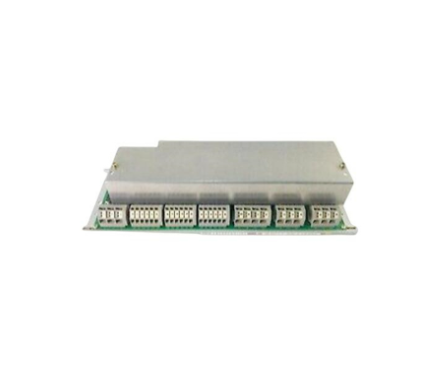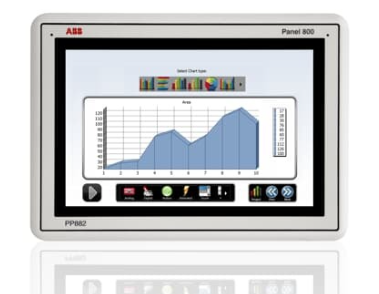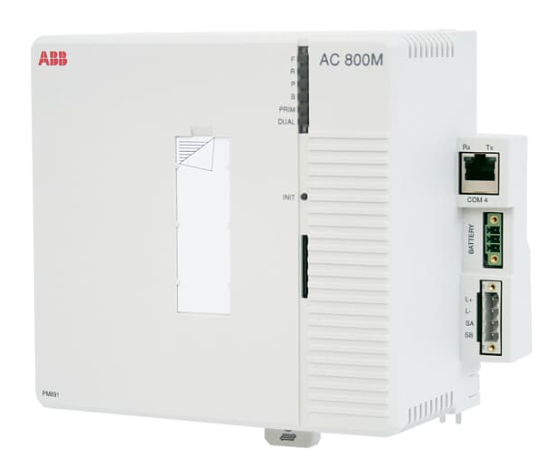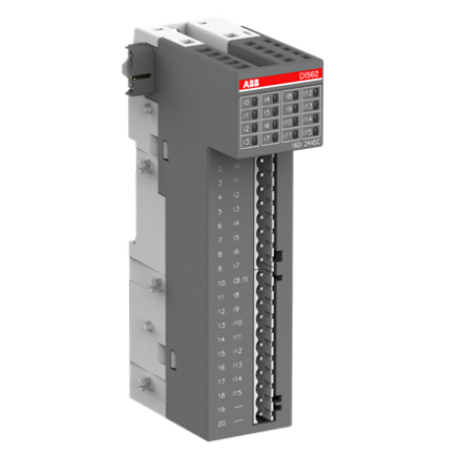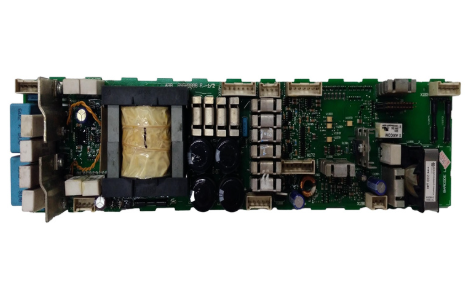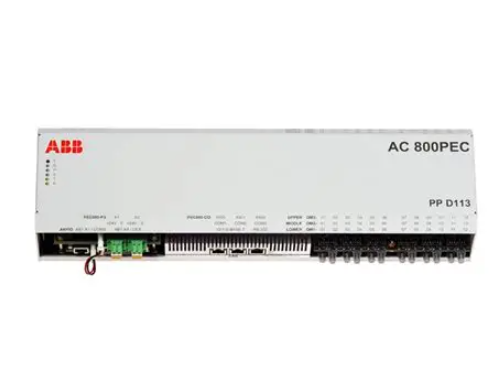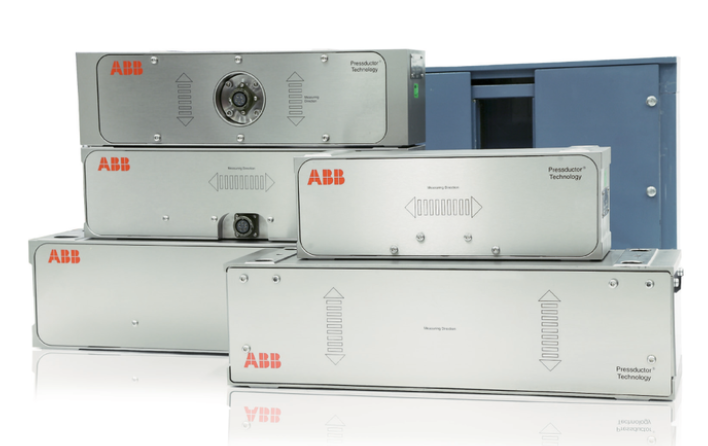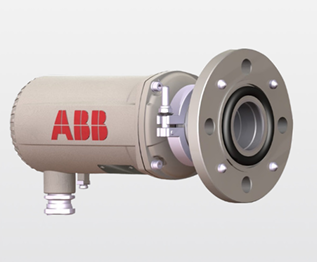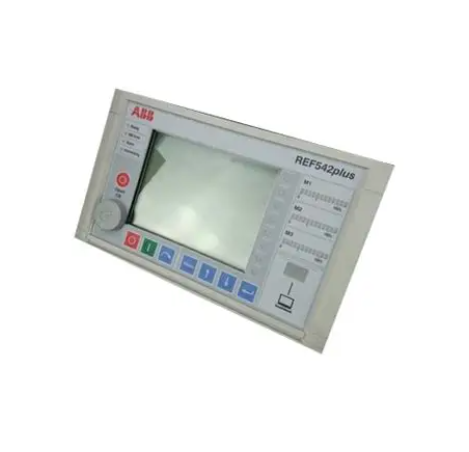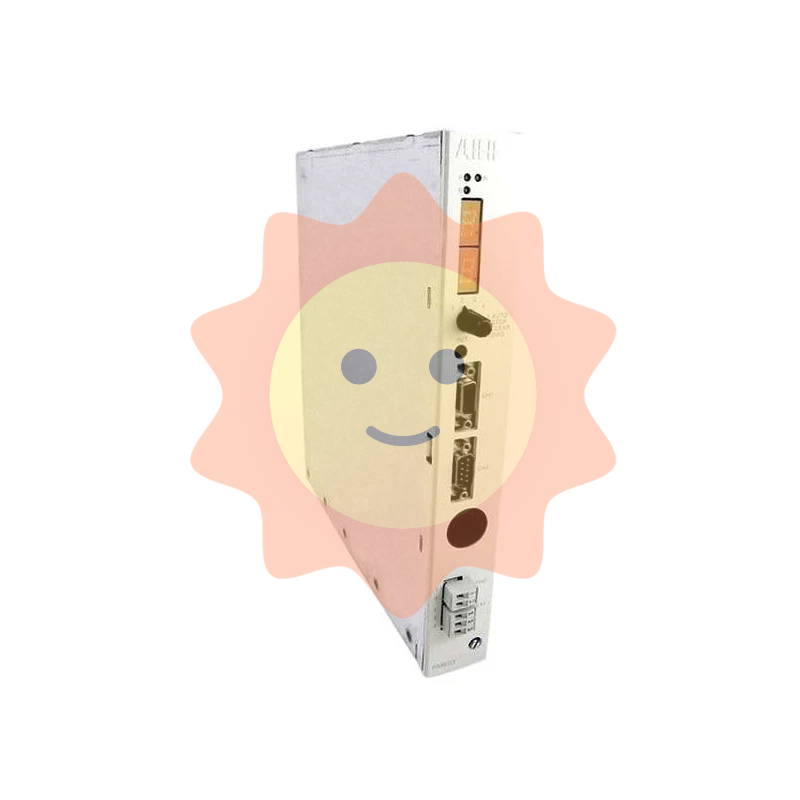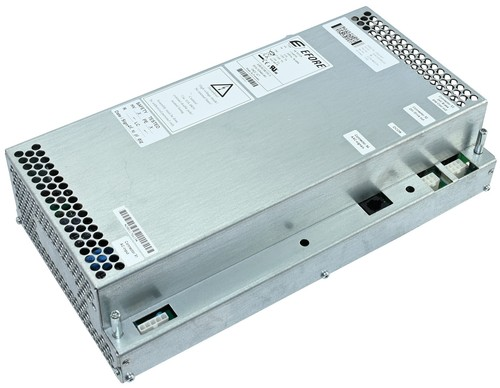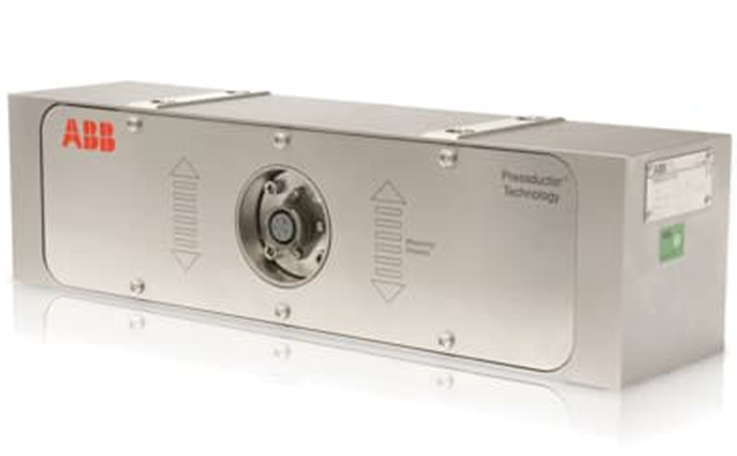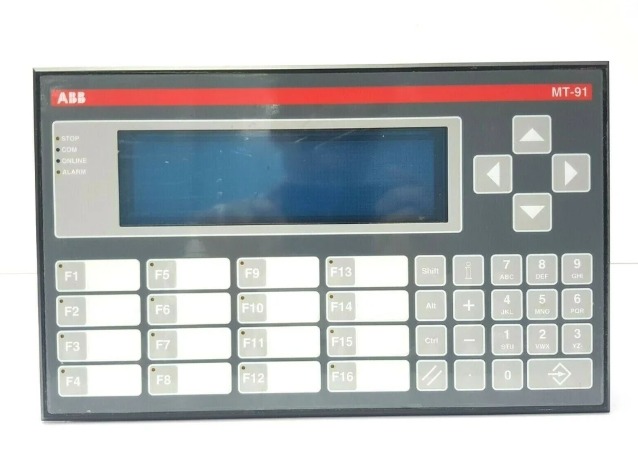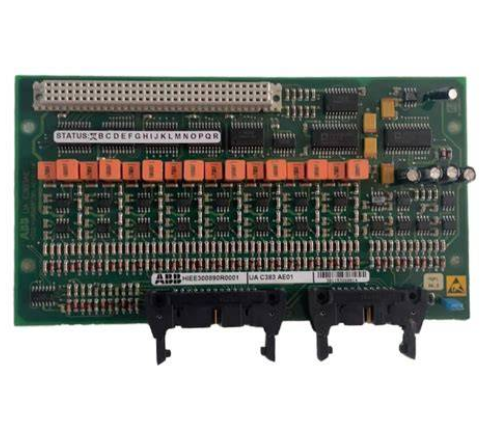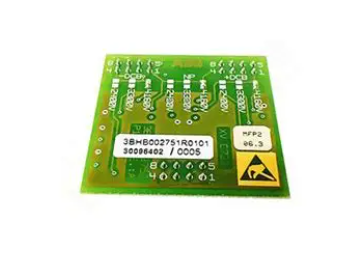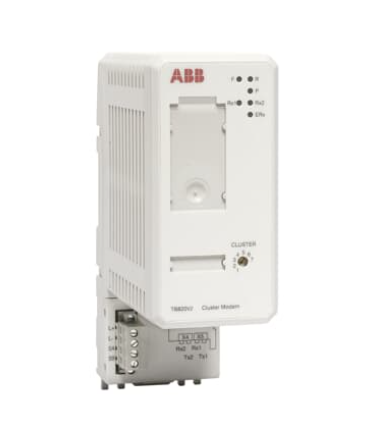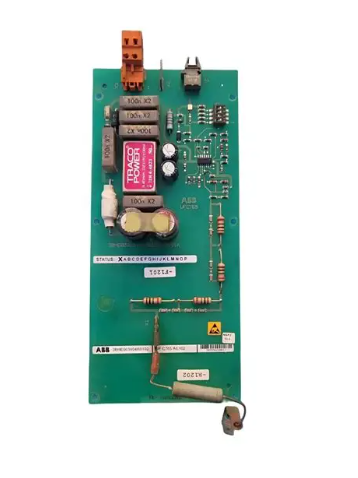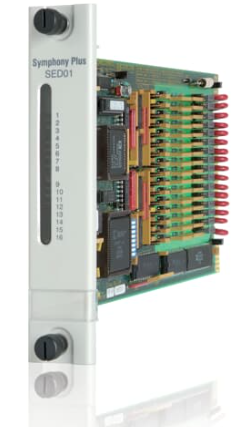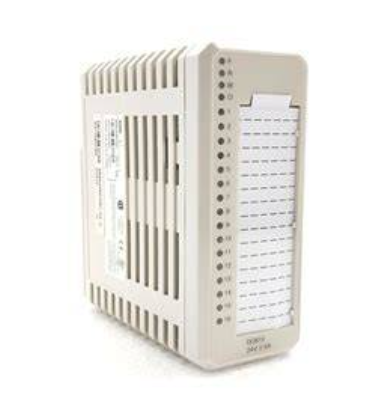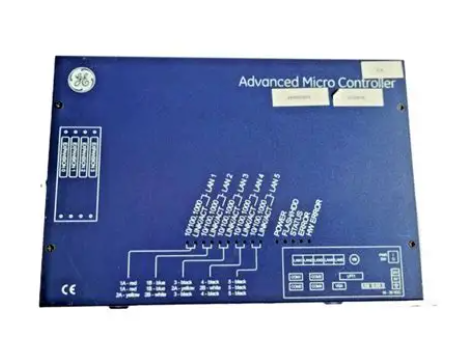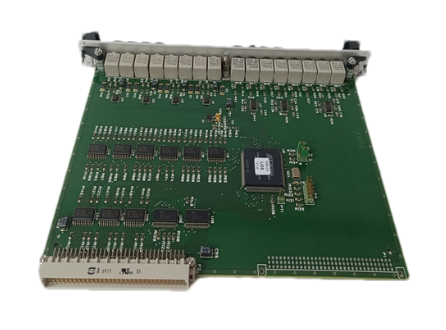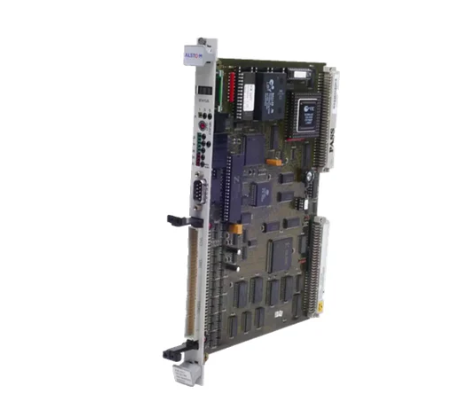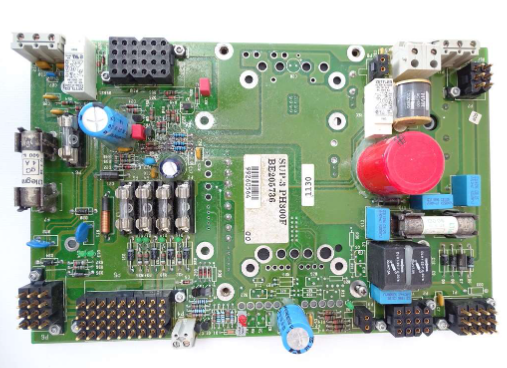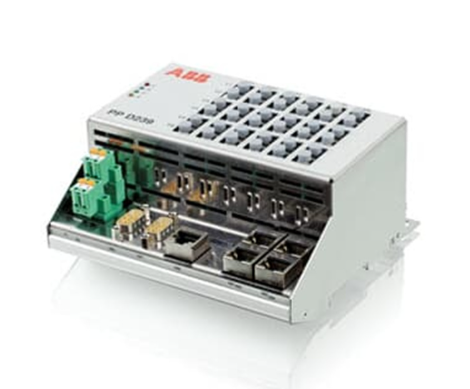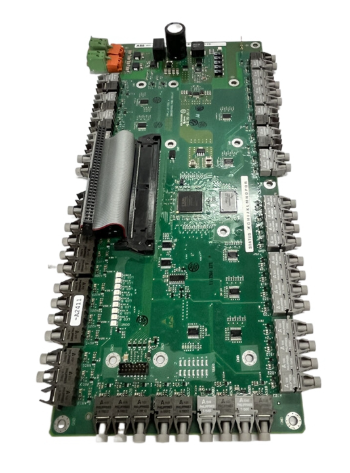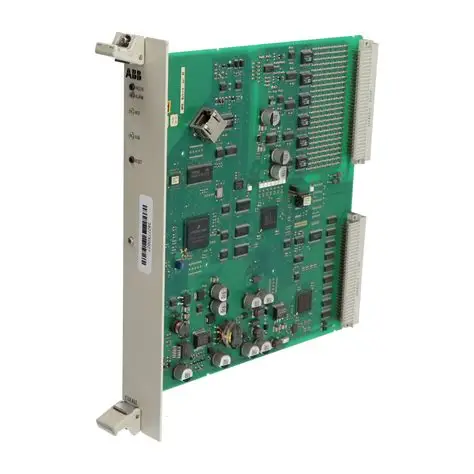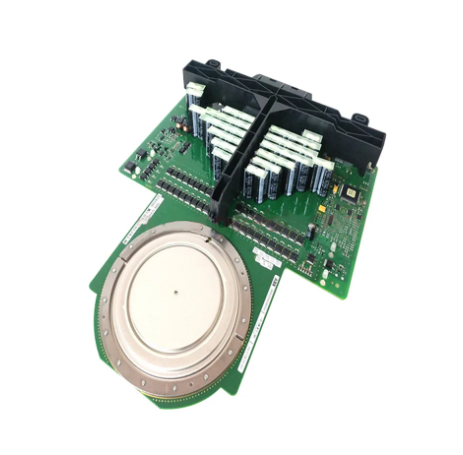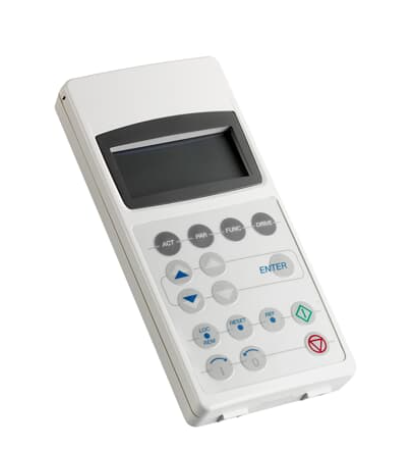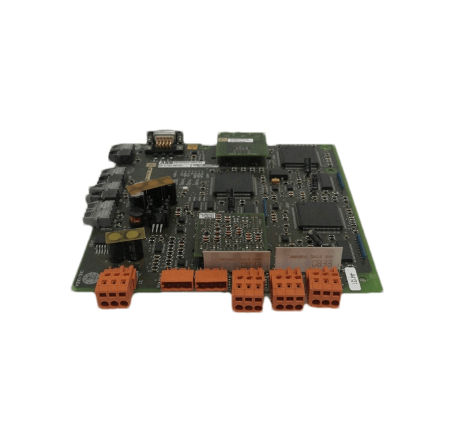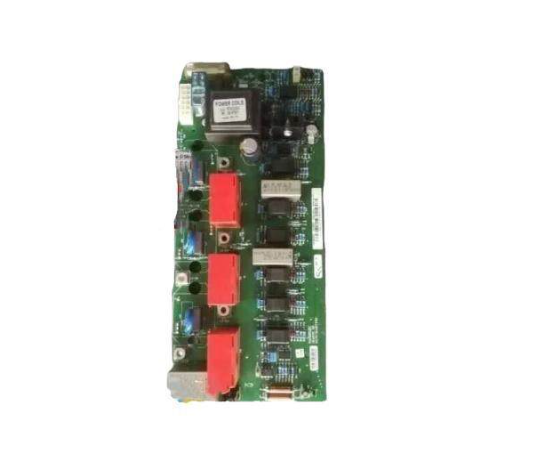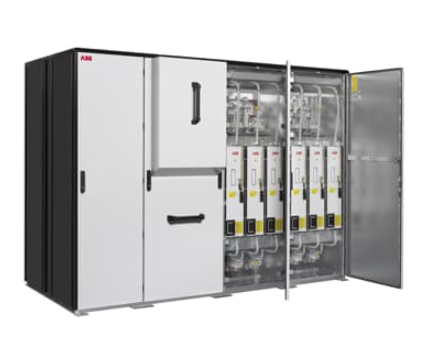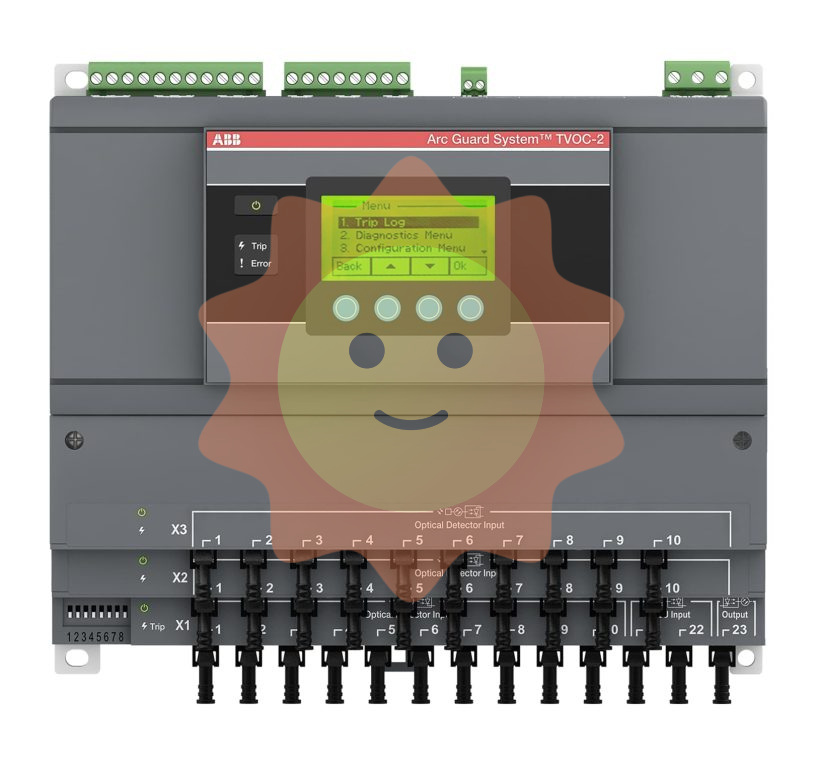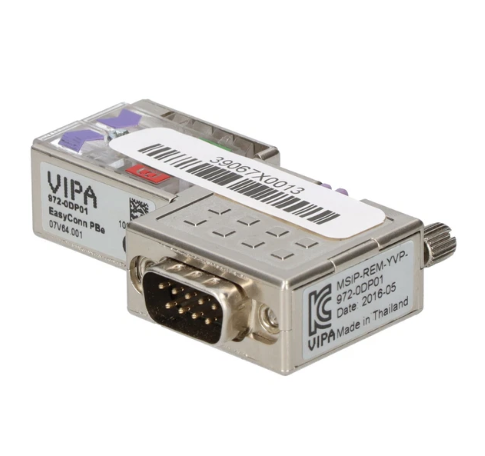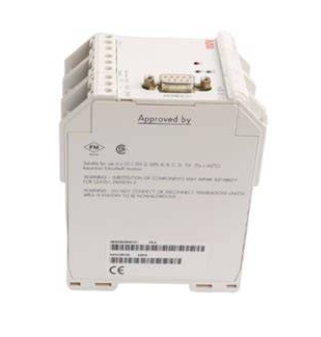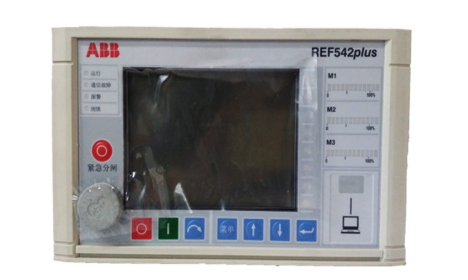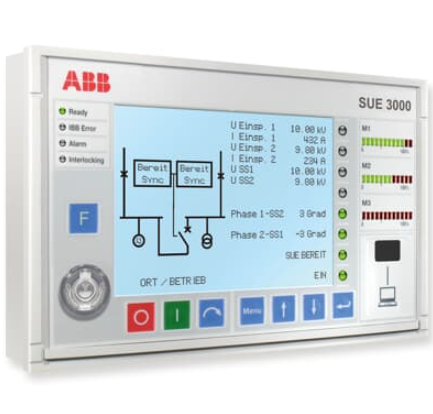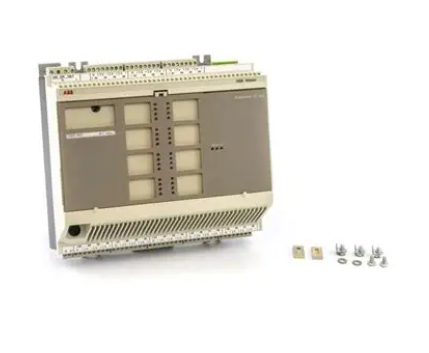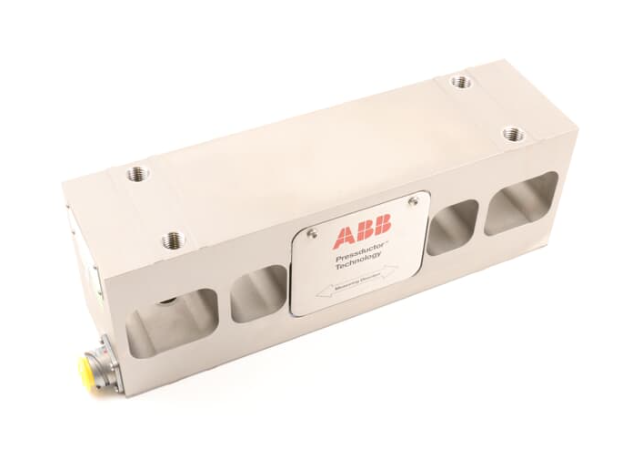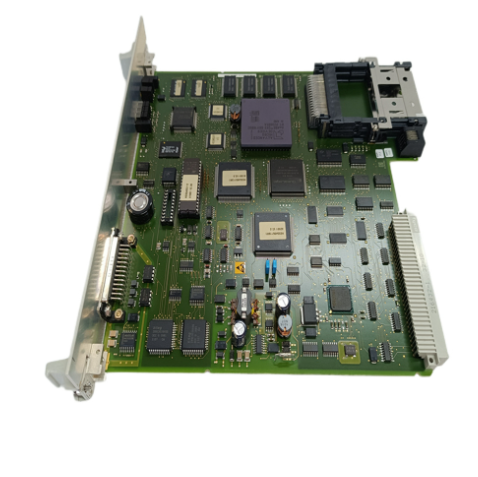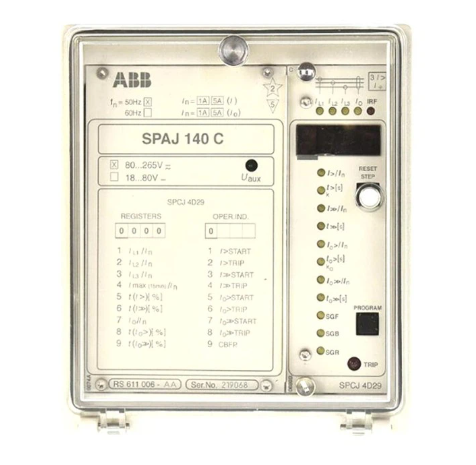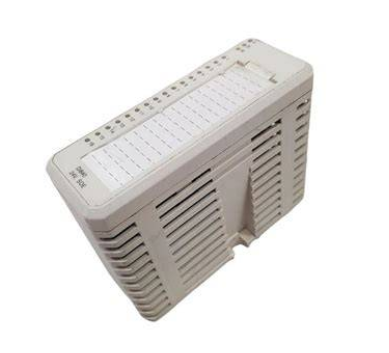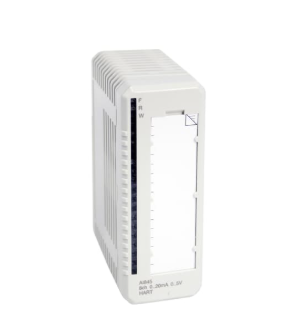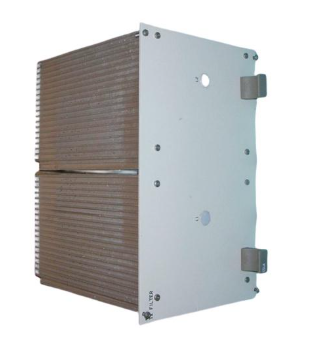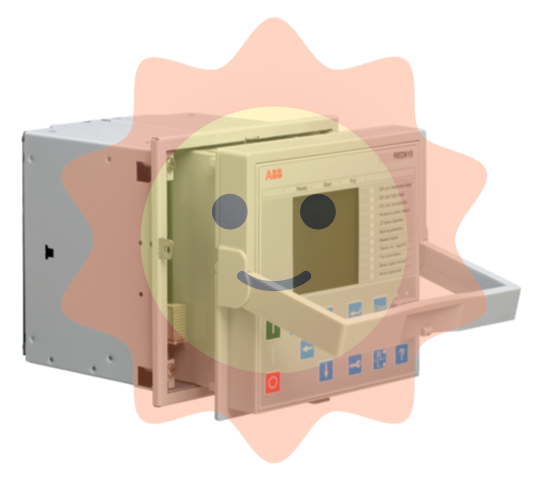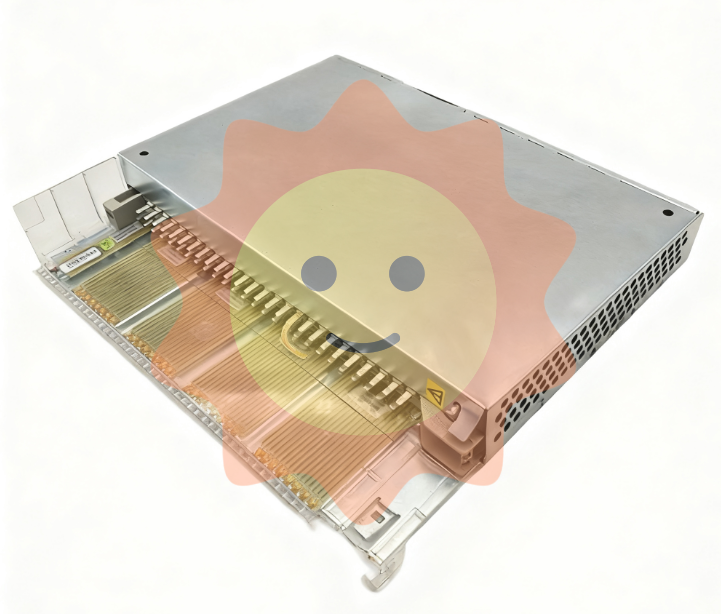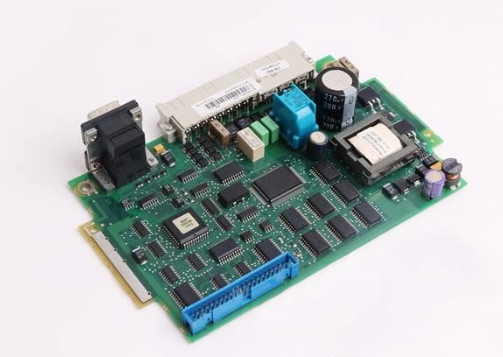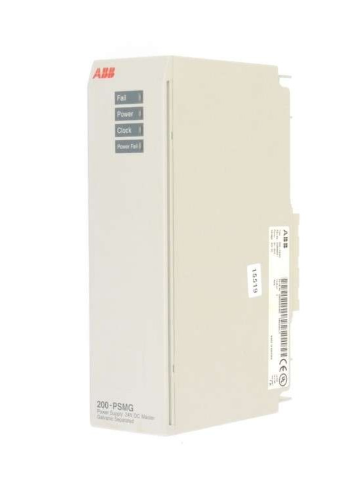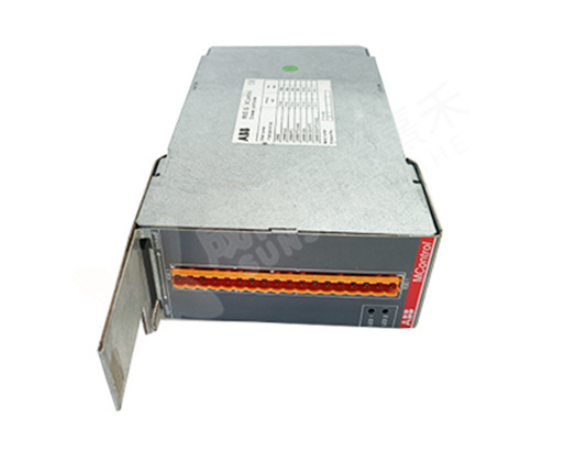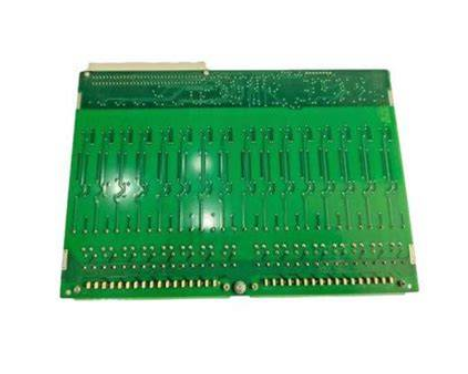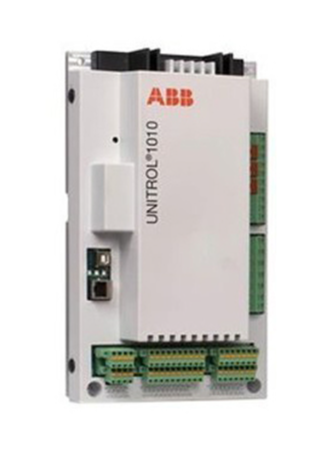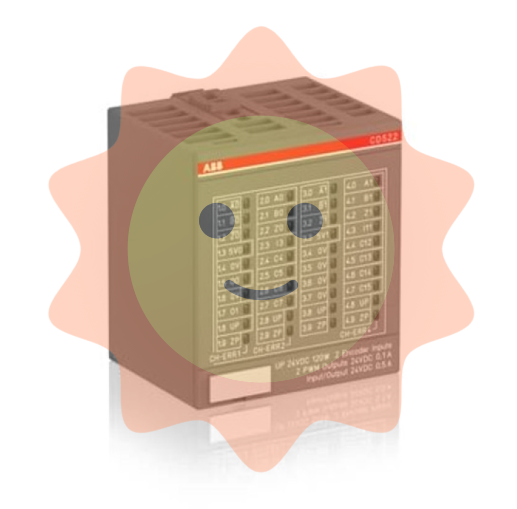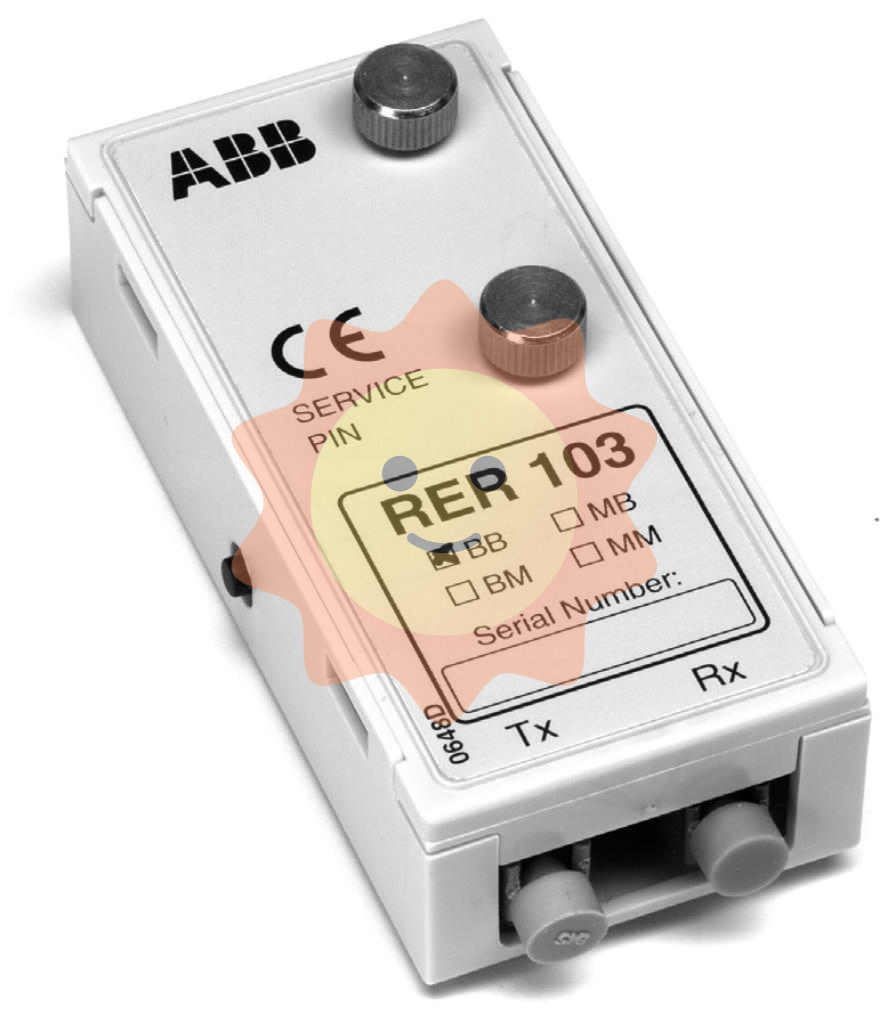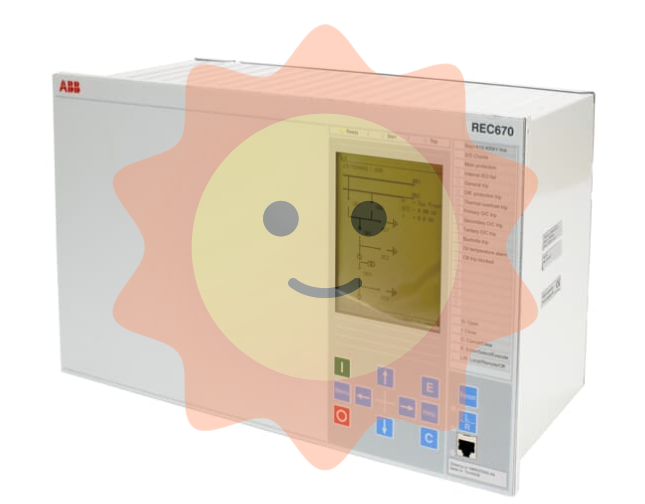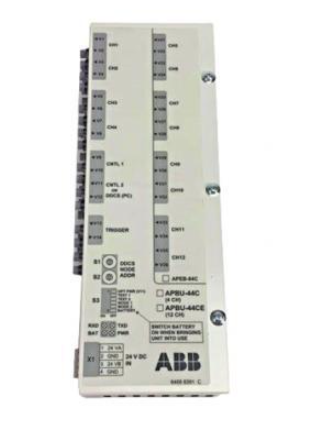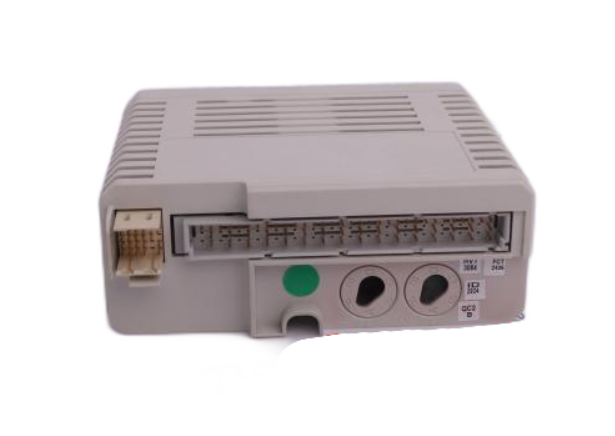AB 1762-L24AWA MicroLogix 1200 Programmable Controllers
AB 1762-L24AWA, MicroLogix 1200 Programmable Controllers
IMPORTANT INFORMATION AND SAFETY NOTICE: Solid-state equipment has different characteristics than electromechanical equipment. Ensure that your application is compliant prior to use and Rockwell Automation will not be responsible for consequential damages. Manual examples are for reference only and may not be reproduced without permission. A variety of symbols alert the user to explosive, electrostatic, and electrical hazards and to the need to follow strict rules when operating in hazardous locations, such as operating without power and using qualified components.
Controller overview: For use in clean, dry locations in industrial environments, complies with Contamination Level 2 and Overvoltage Category II standards. Operation must be protected from static electricity and power must be removed before installing or removing the module, as failure to do so may result in a variety of hazards, including damage to the module, system failure, or explosion.
Installation Guidelines: Do not remove protective strips prior to installation, and allow ventilation to prevent debris from falling in. DIN rail or panel mounting is available, DIN rail mounting requires attention to the use of appropriate rails and mounting procedures; panel mounting requires operation according to the template, select the appropriate screws. Be careful when wiring to prevent metal fragments from falling in, pay attention to the input and output wiring to avoid misconnecting the AC power supply, grounding should be handled according to the installation surface, and the finger safety cover should be kept in place when wiring.
System Connection and Memory Mapping: Connect the expansion I/O modules via flat ribbon cable, and pay attention to the use of pull ring when connecting. The input/output memory mapping corresponds to different bits and slot numbers, which are used to reflect the status of field devices and control outputs.
Specification Parameters: Input specifications include parameters such as voltage, current, signal delay, etc. Output specifications cover voltage range, output type, relay contact ratings, etc. . In addition, the general and environmental specifications of the modules are introduced, as well as the various certifications, such as c - UL - us, CE, etc.
caveat
Safety-related Precautions
Operation in hazardous environments: This controller is suitable for use in Class I, Division 2, Groups A, B, C, D hazardous locations or non-hazardous locations. When used in a hazardous location, it is strictly prohibited to replace components, connect or disconnect equipment without disconnecting the power supply or confirming the safety of the environment. All cables should be protected by enclosures or conduits, etc., and the wiring should be in accordance with N.E.C. article 501 - 4 (b). Use specified communication cables, such as 1761 - CBL - PM02 Series C or higher, to prevent explosion due to electrical failure.
Electrostatic protection: Electrostatic discharges can damage semiconductor devices inside the controller, so avoid touching connector pins or other sensitive areas during operation. Protection can be provided by touching a grounded object to discharge static electricity, wearing a grounded wrist strap, using a static-safe workstation, and storing the device in a static-shielded box when not in use.
Electrical Safety: Always disconnect the power supply before installing or removing a module, as failure to do so may result in electrical arcing, which can cause hazards such as system malfunction, explosion in hazardous environments, or damage to the module circuitry. Pay attention to the backplane current and power consumption to ensure that the power supply is stable and meets the requirements, to avoid electrical problems affecting the normal operation of the equipment or causing safety accidents.
Installation Precautions
Installation environment: It is recommended to install in an industrial enclosure to minimise electrical interference and environmental impact, and to keep away from power lines, load lines and other sources of electrical noise. Vertical installation may not be recommended due to heat dissipation problems, installation should pay attention to the spacing of the controller, such as in the horizontal installation, except for the right side, each side should be left 50mm (2 inches) of ventilation space.
Mounting: DIN rail or panel mounting is available For DIN rail mounting, make sure to use DIN rail compliant with EN50022 - 35x7.5 or EN50022 - 35x15, close the DIN rail latch prior to mounting, and take care to use end anchors (e.g., 1492 - EA35 or 1492 - EAH35) after mounting to accommodate for vibration or shock environments. For panel mounting, use #8 or M4 screws, drill holes according to the template, and avoid metal fragments falling into the controller during installation.
Module Connections: Disconnect power to the system before installing expansion I/O modules. To connect, remove the expansion port covers, plug in the flat ribbon cable connectors, and then close the covers. Ensure that the system power supply can support the number of I/O modules installed, which can be evaluated by referring to the System Loading Worksheet in the MicroLogix 1200 Programmable Controller User's Manual.
Wiring Considerations
Wiring Requirements: Be aware of how different controller models are wired, e.g., 1762 - L24AWA models have their own input and output wiring. Be careful when wiring to prevent wire fragments from falling into the controller, and make sure there are no metal fragments in the controller when you are finished wiring before removing the protective strips, otherwise overheating may occur.
Wire Gauge: Different types of wire (solid, stranded) have different gauge requirements such as #14 to #22 AWG for solid wire and #16 to #22 AWG for stranded wire. Wiring torque is 0.791 Nm (7 in - lb). Use the proper wire and the correct torque to ensure a reliable connection and avoid failure due to poor contact.
Special: For inductively loaded devices such as motor starters and solenoid valves, surge suppression devices are required to protect the controller outputs from voltage transients that could damage relay contacts or transistor outputs, as well as to minimise the effects of electrical noise on the system wiring. Grounding is critical for solid state control systems, use AWG #14 wire to connect the controller ground screw to the ground bus, all devices connected to the RS-232 channel must be referenced to the controller ground or float, there are special restrictions on the use of the sensor power supply on certain models of controllers, for example the 24V dc sensor power supply on controllers such as the 1762-L24BWA is used to power input devices only.
Operating and Maintenance Considerations
Operating Environment: The controller has an operating temperature range of + 0°C to + 55°C (+32°F to + 131°F), a storage temperature range of - 40°C to + 85°C (- 40°F to + 185°F), and a relative humidity range of 5% to 95% (non-condensing). Exceeding these ranges may affect the performance and life of the equipment, and you should ensure that the operating environment meets the requirements.
- EMERSON
- Honeywell
- CTI
- Rolls-Royce
- General Electric
- Woodward
- Yaskawa
- xYCOM
- Motorola
- Siemens
- Rockwell
- ABB
- B&R
- HIMA
- Construction site
- electricity
- Automobile market
- PLC
- DCS
- Motor drivers
- VSD
- Implications
- cement
- CO2
- CEM
- methane
- Artificial intelligence
- Titanic
- Solar energy
- Hydrogen fuel cell
- Hydrogen and fuel cells
- Hydrogen and oxygen fuel cells
- tyre
- Chemical fiber
- dynamo
- corpuscle
- Pulp and paper
- printing
- fossil
- FANUC
- Food and beverage
- Life science
- Sewage treatment
- Personal care
- electricity
- boats
- infrastructure
- Automobile industry
- metallurgy
- Nuclear power generation
- Geothermal power generation
- Water and wastewater
- Infrastructure construction
- Mine hazard
- steel
- papermaking
- Natural gas industry
- Infrastructure construction
- Power and energy
- Rubber and plastic
- Renewable energy
- pharmacy
- mining
- Plastic industry
- Schneider
- Kongsberg
- NI
- Wind energy
- International petroleum
- International new energy network
- gas
- WATLOW
- ProSoft
- SEW
- wind
- ADVANCED
- Reliance
- YOKOGAWA
- TRICONEX
- FOXBORO
- METSO
- MAN
- Advantest
- ADVANCED
- ALSTOM
- Control Wave
- AB
- AMAT
- STUDER
- KONGSBERG
- MOTOROLA
- DANAHER MOTION
- Bently
- Galil
- EATON
- MOLEX
- Triconex
- DEIF
- B&W
- ZYGO
- Aerotech
- DANFOSS
- KOLLMORGEN
- Beijer
- Endress+Hauser
- MOOG
- KB
- Moxa
- Rexroth
- YAMAHA


Email:wang@kongjiangauto.com

